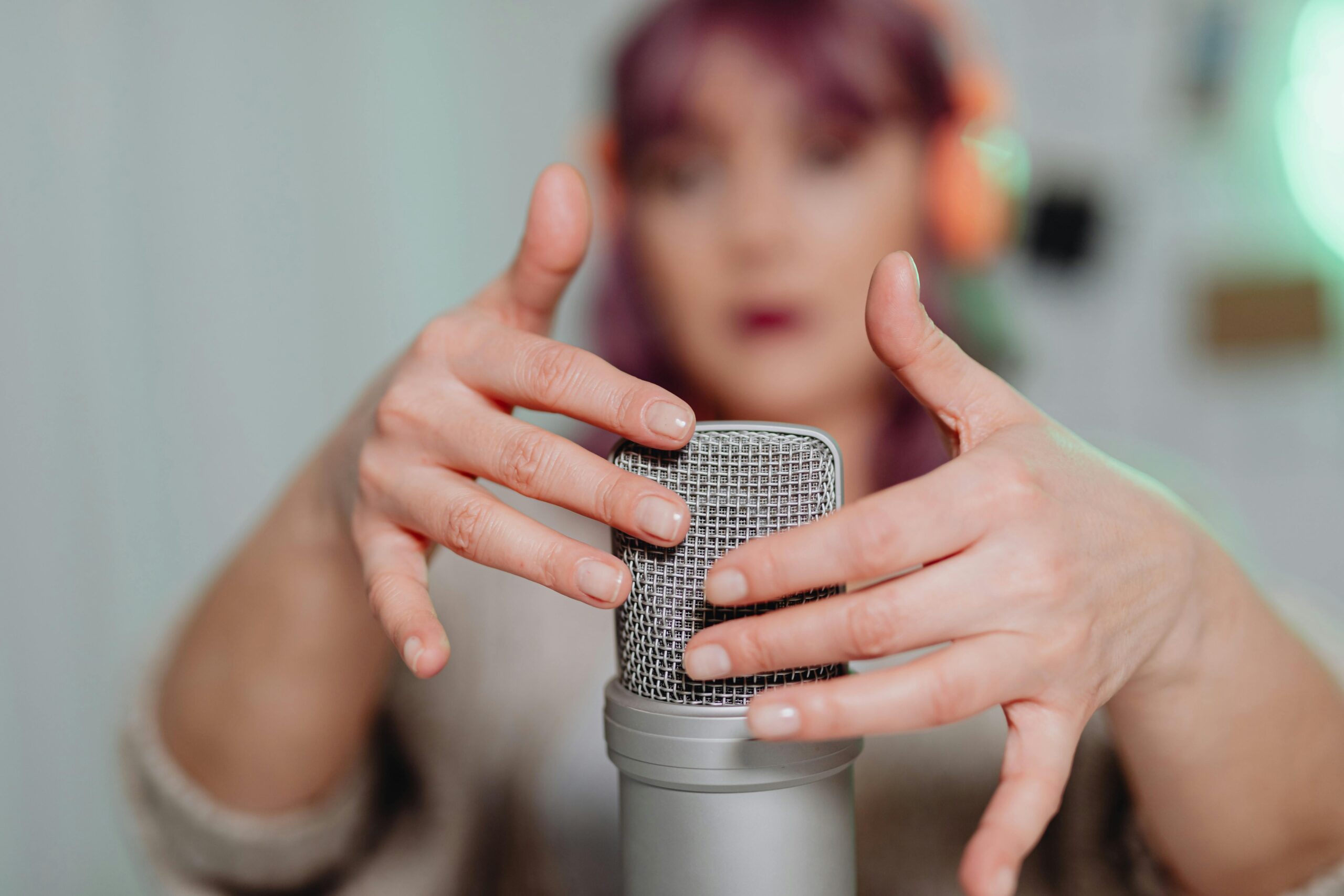In recent years, ASMR (Autonomous Sensory Meridian Response) has emerged as a fascinating phenomenon, captivating millions worldwide. From YouTube videos featuring whispering voices to intricate soundscapes designed to elicit tingles, ASMR has gained traction not only as a source of entertainment but also as a potential tool for relaxation and mental well-being. But what exactly is ASMR, and how does it affect the brain? Let’s explore the science behind it and its benefits.
Understanding ASMR: A Sensory Experience
ASMR refers to a tingling sensation that typically begins at the scalp and moves down the spine. It is triggered by specific auditory, visual, or tactile stimuli, such as whispering, tapping, slow hand movements, or personal attention. Many describe ASMR as a deeply relaxing experience that can reduce stress and promote sleep.
The phenomenon has been around for years, but it wasn’t until 2010 that the term ASMR was coined by Jennifer Allen, a cybersecurity professional fascinated by the sensations. Since then, ASMR has flourished into a massive online movement, with creators producing content that caters to diverse triggers and preferences.
The Neuroscience Behind ASMR
While ASMR remains an emerging field in scientific research, studies suggest that it is associated with changes in brain activity. Functional MRI (fMRI) scans have shown that ASMR triggers activate areas of the brain linked to reward and relaxation, such as the prefrontal cortex and medial prefrontal cortex.
One of the leading hypotheses is that ASMR engages the parasympathetic nervous system, which helps the body enter a state of relaxation. It has also been linked to the release of neurotransmitters like dopamine and oxytocin—chemicals that promote feelings of happiness and social bonding.
Interestingly, some researchers have compared ASMR to frisson, the chills experienced when listening to powerful music. However, ASMR differs in its slow-building and sustained nature, making it more akin to deep relaxation rather than momentary excitement.
The Psychological Benefits of ASMR
For many, ASMR is more than just a pleasant experience—it serves as a powerful coping mechanism. Here’s how ASMR can benefit mental health:
1. Stress and Anxiety Reduction
One of the most widely reported benefits of ASMR is its ability to lower stress levels. Studies have found that individuals who experience ASMR show significant reductions in heart rate and increased feelings of calmness. The gentle, repetitive sounds and slow movements help create a sense of safety and comfort, reducing cortisol levels—the stress hormone.
2. Improved Sleep Quality
ASMR has gained a reputation as a sleep aid, with many users reporting that it helps them fall asleep faster and experience deeper rest. The relaxation response induced by ASMR mimics that of meditation and progressive muscle relaxation, both of which are known to improve sleep quality.
In a 2018 study, participants who watched ASMR videos before bed experienced increased relaxation and drowsiness, making it a valuable tool for those suffering from insomnia.
3. Mood Enhancement and Emotional Support
ASMR content often involves personal attention triggers, such as role-playing scenarios where the creator interacts with the viewer in a caring manner. This can provide a sense of companionship, particularly for those experiencing loneliness or depression. The soothing nature of ASMR can elevate mood and foster a sense of emotional well-being.
Who Experiences ASMR?
Not everyone is susceptible to ASMR, and responses can vary significantly among individuals. Research indicates that people with higher levels of openness to experience—a personality trait associated with imagination and sensitivity—are more likely to feel ASMR tingles. Additionally, some studies suggest a correlation between ASMR sensitivity and neuroticism, meaning individuals who are more emotionally reactive may be more responsive to ASMR.
Interestingly, some people report experiencing ASMR in childhood without realizing what it was, often triggered by soft-spoken teachers or close personal attention. Others may not experience ASMR at all but still find ASMR videos relaxing.
Different Types of ASMR Triggers
ASMR content varies widely, with creators experimenting with different triggers to maximize relaxation. Some of the most common ASMR triggers include:
- Whispering: Softly spoken words or whispered speech is one of the most popular ASMR triggers.
- Tapping: Light tapping on objects such as wood, glass, or plastic creates rhythmic sounds that many find soothing.
- Scratching: Similar to tapping, scratching sounds—such as fingernails on fabric or textured surfaces—are highly effective.
- Personal Attention: Role-play videos featuring activities like hair brushing, face touching, or pretend medical exams simulate caring interactions.
- Crinkling Sounds: The rustling of paper, plastic, or foil can be highly satisfying for some listeners.
- Eating Sounds (Mukbang ASMR): The sounds of chewing, sipping, or crunching are a divisive yet popular ASMR genre.
- Slow Hand Movements: Gentle movements, such as hand gestures or brushing motions, can be visually hypnotic and induce ASMR tingles.
ASMR in Therapy and Wellness Practices
As ASMR gains recognition, mental health professionals and wellness practitioners are beginning to explore its potential therapeutic applications. While ASMR is not yet considered a formal therapy, it is increasingly used as a self-help tool for relaxation and stress relief.
Some psychologists recommend ASMR to patients dealing with anxiety or sleep disorders, and there is growing interest in integrating ASMR-like techniques into mindfulness practices. The gentle, repetitive nature of ASMR aligns closely with the principles of meditation, promoting a focused and tranquil state of mind.
Criticism and Skepticism Surrounding ASMR
Despite its popularity, ASMR has faced skepticism from both scientific and general communities. Critics argue that the lack of extensive clinical research makes it difficult to draw definitive conclusions about its benefits. Additionally, some individuals find ASMR videos uncomfortable or unsettling, particularly those who experience misophonia—a condition where certain sounds trigger strong negative reactions.
Furthermore, the commercialization of ASMR has led to debates about its authenticity, with some creators producing exaggerated or artificial content to cater to a growing audience. Nonetheless, the overwhelming positive feedback from ASMR consumers suggests that it remains a valuable tool for many.
Photo by Kaboompics.com

















































































